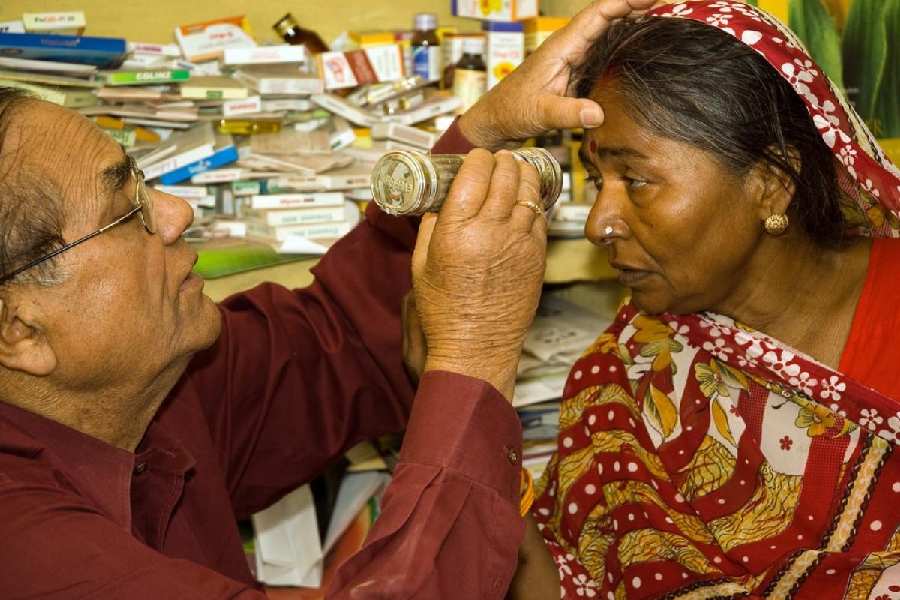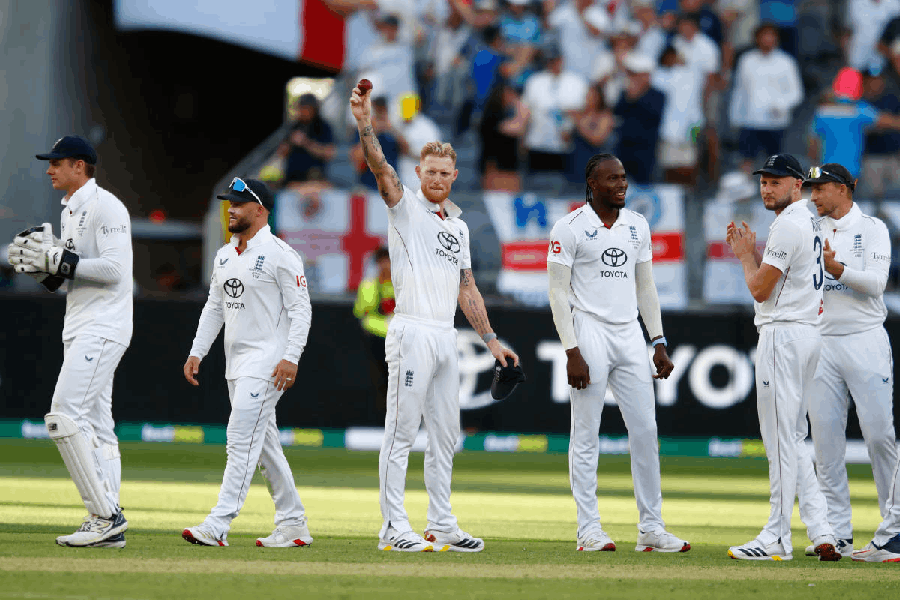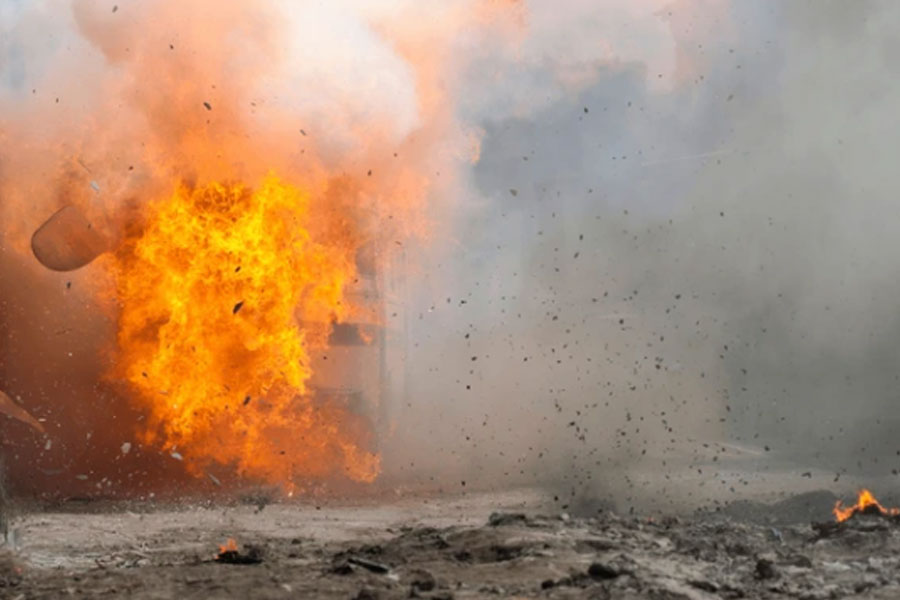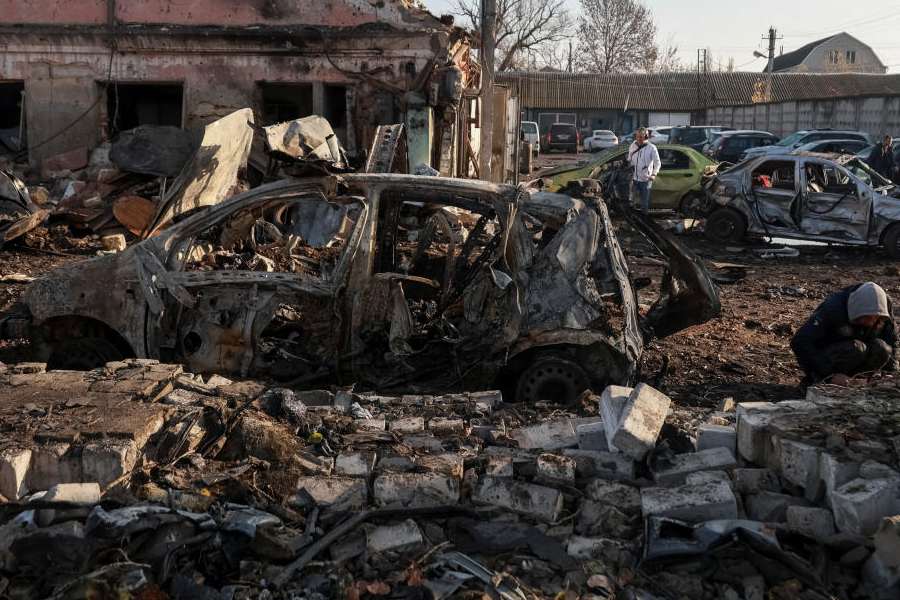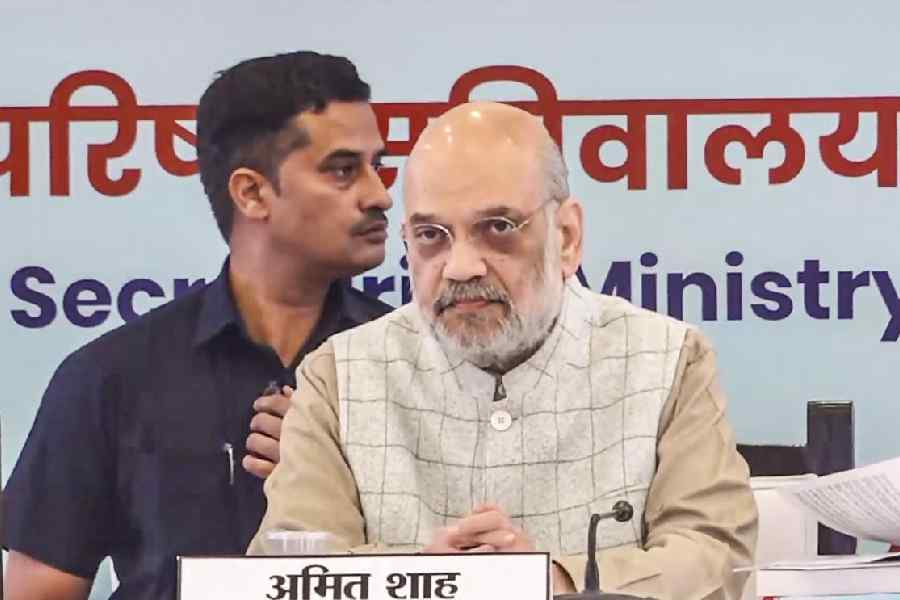The per capita out-of-pocket healthcare expenditure in Bengal is among the highest in the country, according to the latest data published by the Union health ministry.
The per capita out-of-pocket expense on healthcare stood at ₹4,010 in Bengal in 2021-22, next only to Kerala (₹7,889).
“The situation is more or less the same even now,” a state health department official said on Tuesday.
States such as Tamil Nadu, Maharashtra, Karnataka, Andhra Pradesh, Telangana and Odisha have fared much better. (See chart)
Bengal health officials said one of the biggest factors driving up out-of-pocket expenses was the lack of access to government healthcare in the state.
“In Bengal, the government healthcare system responds well during a public health emergency. But, in a personal health emergency, the response is poor,” the official added.
He said government hospitals had risen to the occasion and treated thousands during the Covid-19 pandemic. “But, during personal health emergencies, when a person suffers cardiac arrest or snakebite, the access is poor and they are often forced to go to private hospitals to save lives,” the official said.
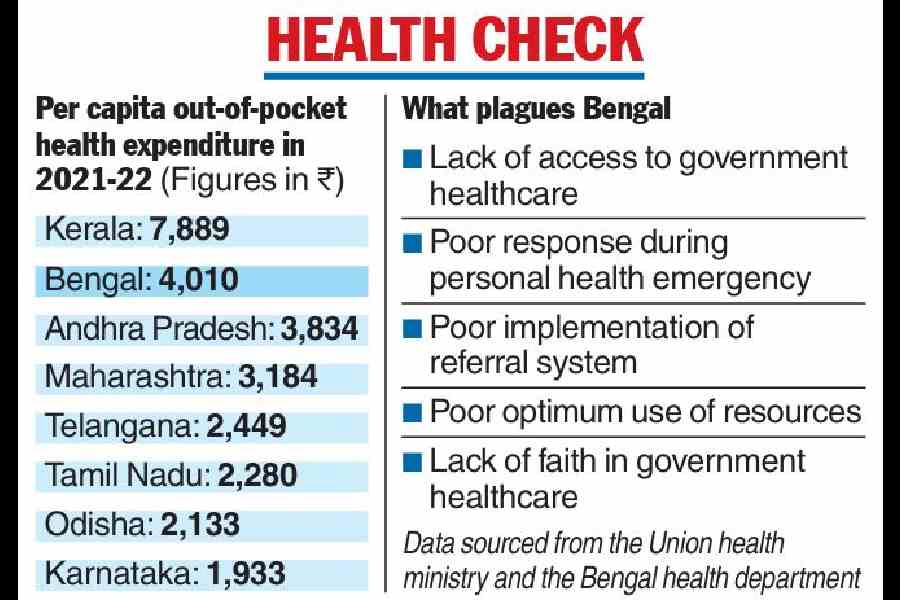
A nine-year-old Nadia boy’s 10-hour ordeal is a glaring example of how out-of-pocket health expenses jump in the absence of access to government hospitals.
The Telegraph had on Monday reported how snakebite victim Somdeep Halder had to run from one government facility to another, only to be told there was no ventilator or bed, and was “on the verge of respiratory arrest” when he was admitted to a private hospital 170km away in Calcutta.
Doctors said Somdeep’s condition had improved on Tuesday.
“He took a soft diet, and we are withdrawing the medicines in phases. We are planning to discharge him soon,” said Sanjukta De, clinical director in the department of paediatrics at Peerless Hospital, where the boy is being treated.
A senior official of the state health department said the government had procured a large number of ventilators during the pandemic, taking the total number of machines in state-run healthcare facilities to over 2,500 from less than 1,000 before Covid-19.
Public health experts have also blamed the higher out-of-pocket expenses in Bengal on the poor implementation of referral systems.
A new referral system was implemented after the rape and murder of a junior doctor at RG Kar Medical College and Hospital in August last year.
Under the new system, if a government hospital cannot provide a bed to a patient, it has to ensure that a bed is available at the hospital where that patient is being referred.
However, little has changed on the ground.
In Somdeep’s case, the doctors or the hospitals that had referred him to other facilities allegedly did not follow protocol.
According to a state health official, Bengal’s healthcare budget has gone up from ₹4,000 crore in 2011 to ₹21,500 crore in the last budget.
“The amount is spent in infrastructure, increased manpower, a free drug policy and the Swasthya Sathi scheme,” said the official.
State government hospitals had around 4,000 doctors with MBBS or higher degrees in 2011. The number is now 17,000, said the official.
“Despite all these, the access to healthcare remains poor,” said a public health expert.

